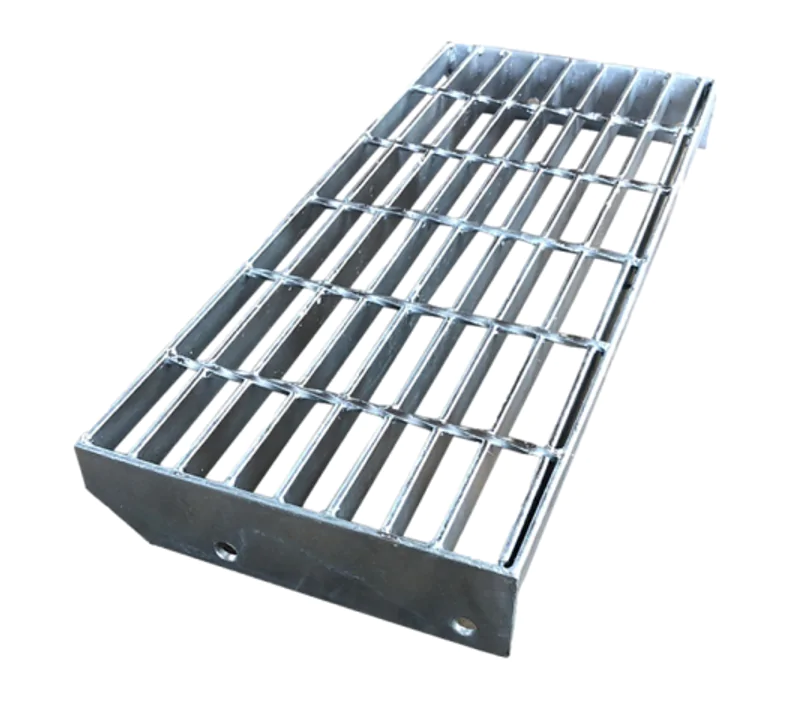-
+86 15030157877
-
sales@galvanizedmetalmesh.com
Nov . 06, 2024 16:34 Back to list
Leading Supplier of High-Quality Expanded Metal for Global Markets and Industries
Exploring the Role of Expanded Metal Exporters in Global Trade
Expanded metal, also known as expanded metal mesh, is a versatile material widely used in various industries, ranging from construction to automotive, architecture to filtration. This innovative material is created by cutting and stretching a sheet of metal, resulting in a lightweight yet durable structure composed of interconnected diamond-shaped openings. The demand for expanded metal has surged globally due to its myriad applications, leading to the rise of specialized exporters who play a crucial role in the international trade of this product.
One of the key advantages of expanded metal is its strength-to-weight ratio. Unlike solid metal sheets, expanded metal allows for excellent airflow and light penetration while maintaining structural integrity. This unique property makes it an ideal choice for safety barriers, walkways, and grilles in industrial applications, as well as decorative features in architectural projects. With industries around the world continually seeking efficient and effective materials, the demand for expanded metal is anticipated to grow, invigorating the role of exporters in this market.
The Global Market Demand
The global market for expanded metal has been primarily driven by construction activities, which have seen a resurgence in many regions, including North America, Europe, and Asia-Pacific. As cities expand and infrastructure demands increase, materials like expanded metal are sought after for their lightweight and recyclable properties. Furthermore, the growth in the automotive industry, particularly with the rise of electric vehicles, has created additional demand. Manufacturers are looking for ways to reduce weight and enhance efficiency, making expanded metal an attractive solution in vehicle design.
Exporters specializing in expanded metal not only fulfill regional demands but also cater to unique specifications dictated by local industries' needs. They often engage in partnerships with manufacturers to offer customized products based on size, gauge, and coating preferences, further broadening their market appeal.
Challenges Faced by Expanded Metal Exporters
expanded metal exporter

While the prospects for expanded metal exporters appear promising, they do face several challenges. One major hurdle is the fluctuation of raw material prices, particularly steel and aluminum, which can impact production costs. Sustained price increases may lead to higher end-user costs, limiting demand for expanded metal products. Additionally, exporters must navigate complex international trade regulations, tariffs, and customs processes that vary by country. Understanding the specific compliance requirements for different regions is essential to minimize delays and optimize distribution strategies.
Furthermore, competition in the market is intensifying, with local manufacturers in developing countries increasingly producing expanded metal at lower costs. Exporters need to differentiate their offerings by emphasizing quality, durability, and customer service to retain their market share. This could involve investing in advanced manufacturing technologies, sustainable practices, and innovative designs that cater to emerging market trends.
The Future of Expanded Metal Exporters
Looking ahead, expanded metal exporters are well-positioned to leverage several trends in the global market. The growing emphasis on sustainable practices and eco-friendly materials plays directly into the advantages of expanded metal, which is fully recyclable. Exporters can highlight their commitment to environmental responsibility, appealing to increasingly conscientious consumers and corporate buyers.
Additionally, advancements in manufacturing technology are paving the way for new applications of expanded metal. Innovations such as 3D printing and smart materials could integrate with expanded metal production, opening doors to novel uses in sectors like aerospace and renewable energy. By staying abreast of these trends and adopting a forward-thinking approach, exporters can capitalize on new opportunities that could reshape the landscape of expanded metal use.
In conclusion, expanded metal exporters occupy a vital niche in the global marketplace, driven by the evolving demands of various industries. Despite facing challenges, their adaptability and commitment to quality will play a considerable role in the continued growth of this sector. As the world moves toward more sustainable practices, the unique properties of expanded metal present an exciting future for exporters ready to meet the needs of a dynamic market.
-
High-Quality Chicken Wire Panels Leading Manufacturer & Exporter
NewsJul.08,2025
-
High-Quality Concrete Reinforcement Wire Mesh – Reliable Steel Mesh Manufacturers & Exporters
NewsJul.08,2025
-
High-Quality Aluminum Expanded Mesh Leading Manufacturers & Exporters
NewsJul.08,2025
-
High-Quality Perforated Stainless Steel Sheet Manufacturer & Exporter Custom Sizes Available
NewsJul.07,2025
-
High-Quality Galvanized Angle Steel - Reliable Manufacturer, Exporter & Suppliers
NewsJul.07,2025
-
Premium Spiral Tomato Plant Support Stake Leading Manufacturer, Exporter & Supplier
NewsJul.06,2025



